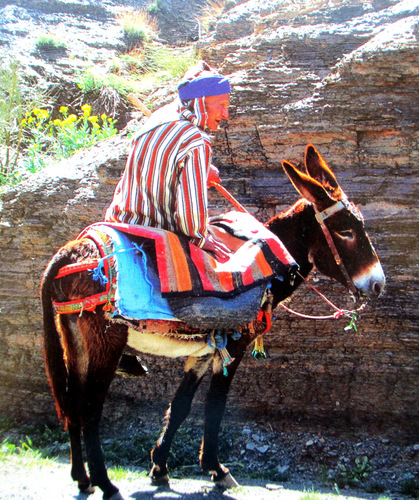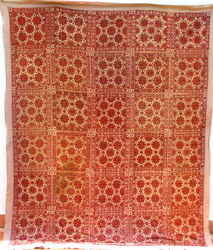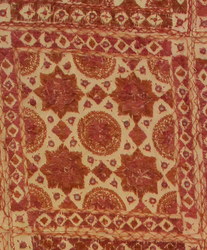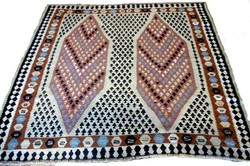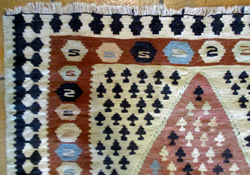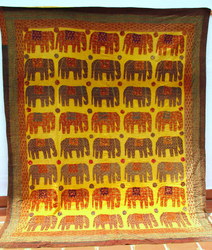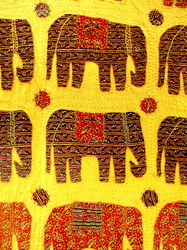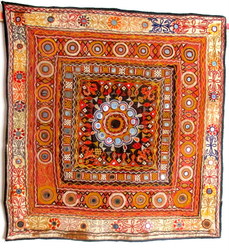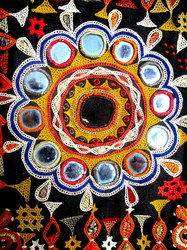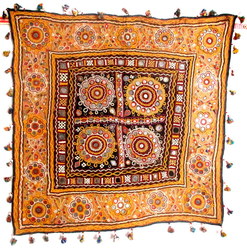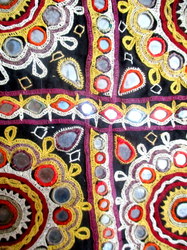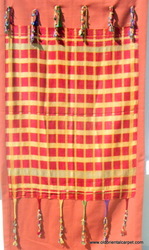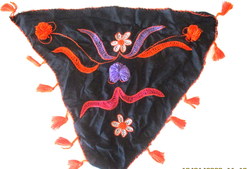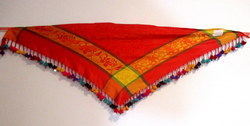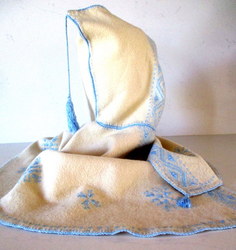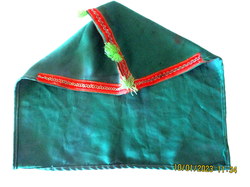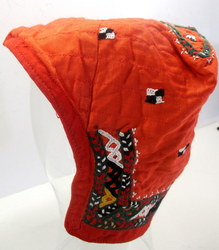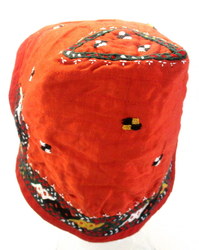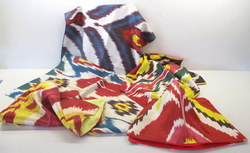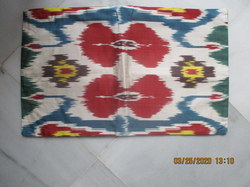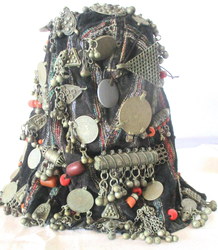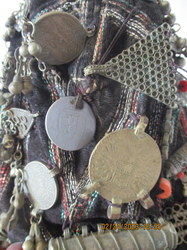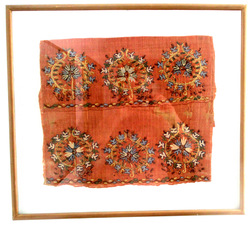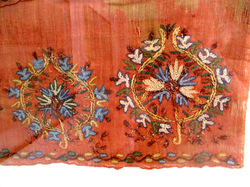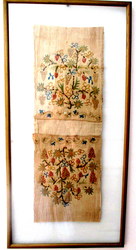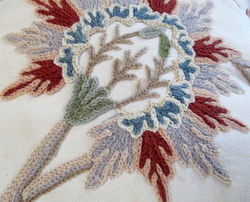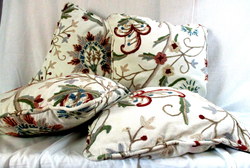KILIMS AND FLAT WEAVES. 2. Includes Embroideries, Appliques and Textiles.
HOME PAGE
OUR SHOP
SMALL/MIDDLE RUGS 1
SMALL/MIDDLE RUGS 2
SMALL/MIDDLE RUGS 3
LARGE CARPETS
KILIMS/FLATWEAVES 1
KILIMS/FLATWEAVES 2
KILIMS/FLATWEAVES 3
TRIBAL BAGS, ETC. 1
TRIBAL BAGS, ETC. 2
TRIBAL BAGS, ETC. 3
SALE - TRADE-INS 1
SALE - TRADE-INS 2
RESTORATION
CHARITY - AGE CONCERN
SOUK
JEWELRY/METALS 1
JEWELRY/METALS 2
CERAMICS & POTTERY
DECOR
ALL OTHER ITEMS
ABOUT/CONTACT
KILIMS AND FLAT WEAVES. 2.
THIS SECTION shows a selection of flat woven rugs often called kilims. Sometimes they are just a plain weave but are embellished with designs in knotted pile and various forms of embroidery.
In Morocco, larger pieces are known as "hanbels" and smaller ones which are used for capes are "handiras". Flat weaves are used extensively in daily life as curtains, covers and bedding. Capes are used to counter the intense winter cold in the mountains. Small pieces are used as horse covers and decorations. Embroideries, Appliques and Textiles form part of this group.
